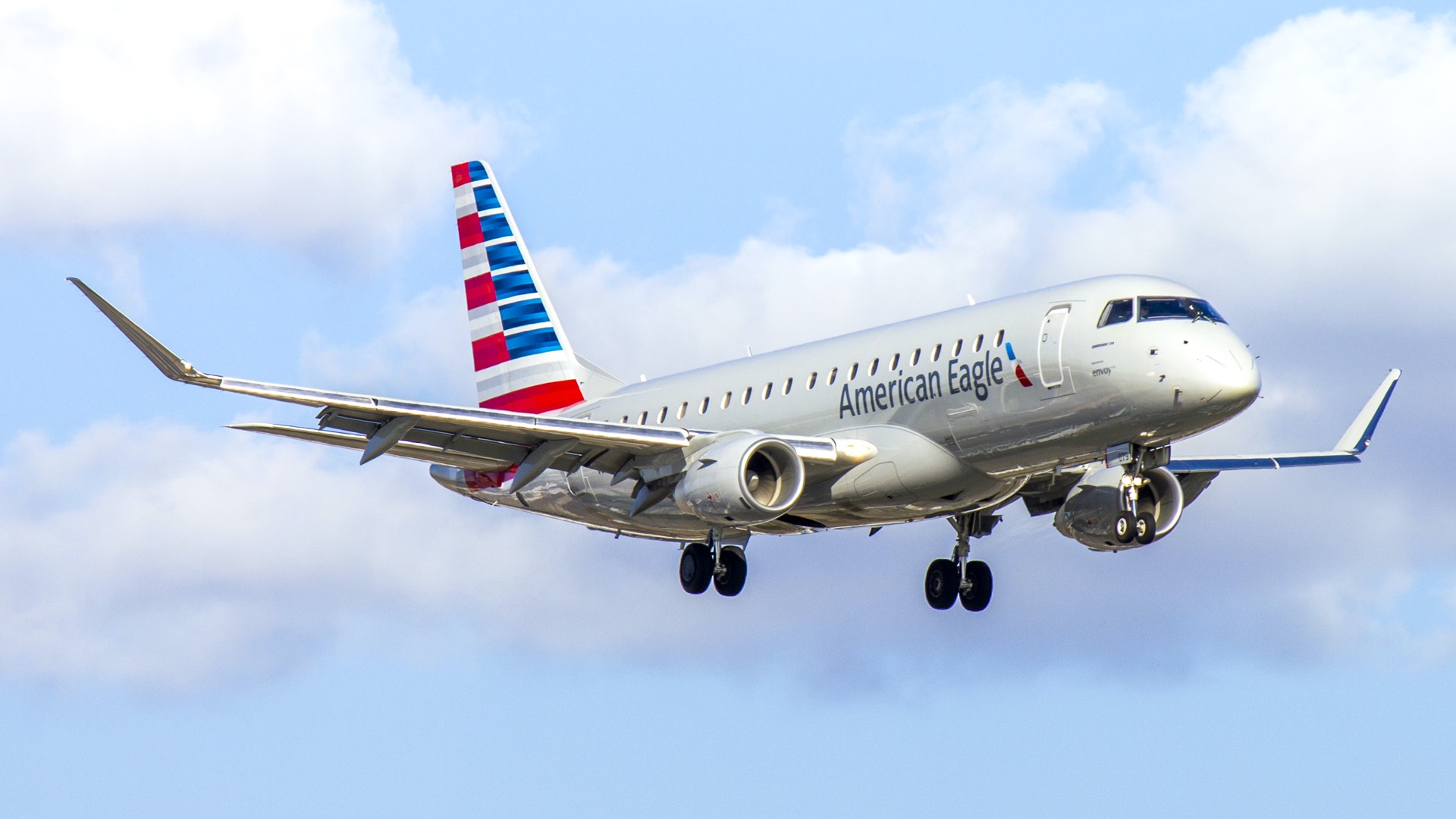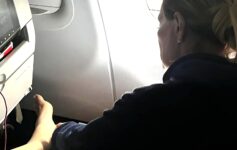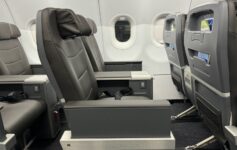
The U.S. Federal Aviation Administration (FAA) has warned Envoy Air, the largest regional carrier operating on behalf of American Airlines, after pilot error nearly resulted in a “catastrophic” situation and several other questionable incidents.
Envoy Air Safety Lapses Question The Safety Of Regional Jets In Untied States
Envoy Air is owned by American Airlines and operates a fleet of 185 American Eagle-branded aircraft to 150 destinations in the United States, Canada and Mexico. With over 1,000 flights per day, it connects hubs like Chicago, Dallas, and Miami to smaller cities that cannot support mainline service.
Between 2019 and 2020, nine safety incidents took place, each of which were investigated by the FAA. The report included a scathing letter from to Envoy Air CEO Pedro Fábregas, which was obtained by CNN.
The report details safety lapses including failing to perform pre-flight checklists and slippery landings that should have been avoided by experienced pilots. It lists failed proficiency checks in which pilots “truly lacked knowledge concerning what is acceptable.” Scariest of all, though, was when an Envoy Air flight nearly landed at the wrong runway at a regional airport that was too short to accommodate the aircraft (the pilot noticed at the last moment and aborted landing). The FAA noted:
These events are representative of the more serious operational events that evidence poor airmanship trends, among other issues. Collectively, these narratives point to issues that are deeper than what spot training or counseling have been able to resolve.
All of this brings back memories of the 2009 crash of Colgan Air flight 3407, an unnecessary crash that killed 50 people and led to reforms at regional airlines including increasing the number of hours required before pilots could transport passengers.
Pilot “rustiness” is a concern. FAA Administrator Steve Dickson told CNN:
“Covid has introduced a whole new set of risks. We need to be a little bit circumspect and understand that there’s been a lot of turnover…and so we need to be extra vigilant as the system ramps up.”
Remarking on the report, an Envoy Air spokesperson said, “Nothing is more important than the safety of our customers and employees. If issues are raised — either internally by our team or by the FAA — we work to address them immediately.”
CONCLUSION
This is one of the most sobering reports I have reviewed concerning airline safety in America in several years. While this will not stop me from stepping on a regional jet (it is still a risk, though elevated, I am willing to take), it is not unreasonable to imagine what is true at Envoy Air is also true at other regional carriers. As airlines approach full pre-pandemic capacity on domestic flights, airlines must ensure their pilots are competent and prepared. There is no room for error. For lives depend upon it…
Will you have second thoughts before stepping onto a regional jet?
image: Aaron Davis




It’s long been a concern when things shifted to the majority of pilots coming out of schools rather than the military. It’s common sense that the regionals are the real world training ground now for pilots to develop the instincts and experience that raises their skills over time so as to move on to bigger jets and mainline flights. It’s an unfortunate trade off in that, what else can you do? The military was the place back in the day and they gained those instincts without risking the lives of civilians. It’s not just Envoy. I am quite sure it’s all of them. Bottom line is that you often see two 25 year olds in the cockpit on many of these flights who just came out of flights schools that are churning out pilots like crazy. Like you, I will fly them when I have to. But I am also fully aware that if things go south on a flight (mechanical or weather or a breakdown in cockpit management) my odds of being involved in any sort of incident have just skyrocketed.
I try to avoid regional jets. As a loyal United flyer in Dallas that has been hard to do over the past year. United has downgauged several routes to/from Dallas. But I agree with @Stuart that I don’t have high confidence that regional jet pilots as a whole. Many have insufficient experience, especially in difficult flying situations.
I try to avoid regional jets. As a loyal United flyer in Dallas that has been hard to do over the past year. United has downgauged several routes to/from Dallas. But I agree with @Stuart that I don’t have high confidence in regional jet pilots as a whole. Many have insufficient experience, especially in difficult flying situations.
Eagle Pilots eventually flow into Mainline positions. AA had a 50% failure rate from these more experienced pilots that spent 15 years + at the regional. AA has no pilot shortage because it simply takes what it needs from their regionals. The Airlines and the FAA are to blame with bare bones training programs. Going from a flight school to a Jet is the current route and all the experience of flying AF or 135 is lost and it shows.
Even at a hub, you can be often booked on a regional jet. Flying out of ORD on UA most of the time, I’ve seen this a lot. And not just to small cities either. ORD-ATL, ORD-BWI, and (just last week) ORD-CLE were all on regional jets. Not to mention that UA has many longer runs (like ORD-ELP, ORD-MTY) also utilizing regionals for service. AA is no different really, still a lot more reliance on regionals than you’d think.
I applaud Matthew for bringing this story to light. Pilot training and preparedness has long been an issue at regional airlines. Most people who book a flight on the likes of “United Express” or “American Eagle” or “Delta Connection” have no clue that they’re booking on a totally different airline than they think. And the last few major domestic incidents/crashes took place on such airlines and the last 2 big ones were both due to crew mistakes. It’s quite concerning and sobering that the issue persists with these carriers.
Unfortunately there are more important things than the safety of their passengers and crew, keeping the bean counters happy and executive bonuses high.
“Nothing is more important than the safety of our customers and employees.”
Uh, huh …
Airline Training is all high pressure hell. Very little actual line oriented training. Pilots cant relax and learn, we are always being evaluated and at risk of getting our careers messed up. You may think that’s good , but not really. So much negative learning to “check “ a bid vs actual line oriented training. The FAA is a DISASTER. You wouldn’t even believe how bad some of the training policies are where I am. Single engine missed approaches are taught advancing both throttles , even that of the dead engine THEN running another checklist again to secure the throttle to idle. Imagine being in an emergency and having to create another because your airline and the FAA said so. Regional airlines pay rock bottom money , give mediocre training just pressuring pilots to figure it out and then hoping it all works out. Love my job and I know how safe I am but in general so much needs to change.
Thanks for your comment.
United shut down the worlds safest regional. ExpressJet.